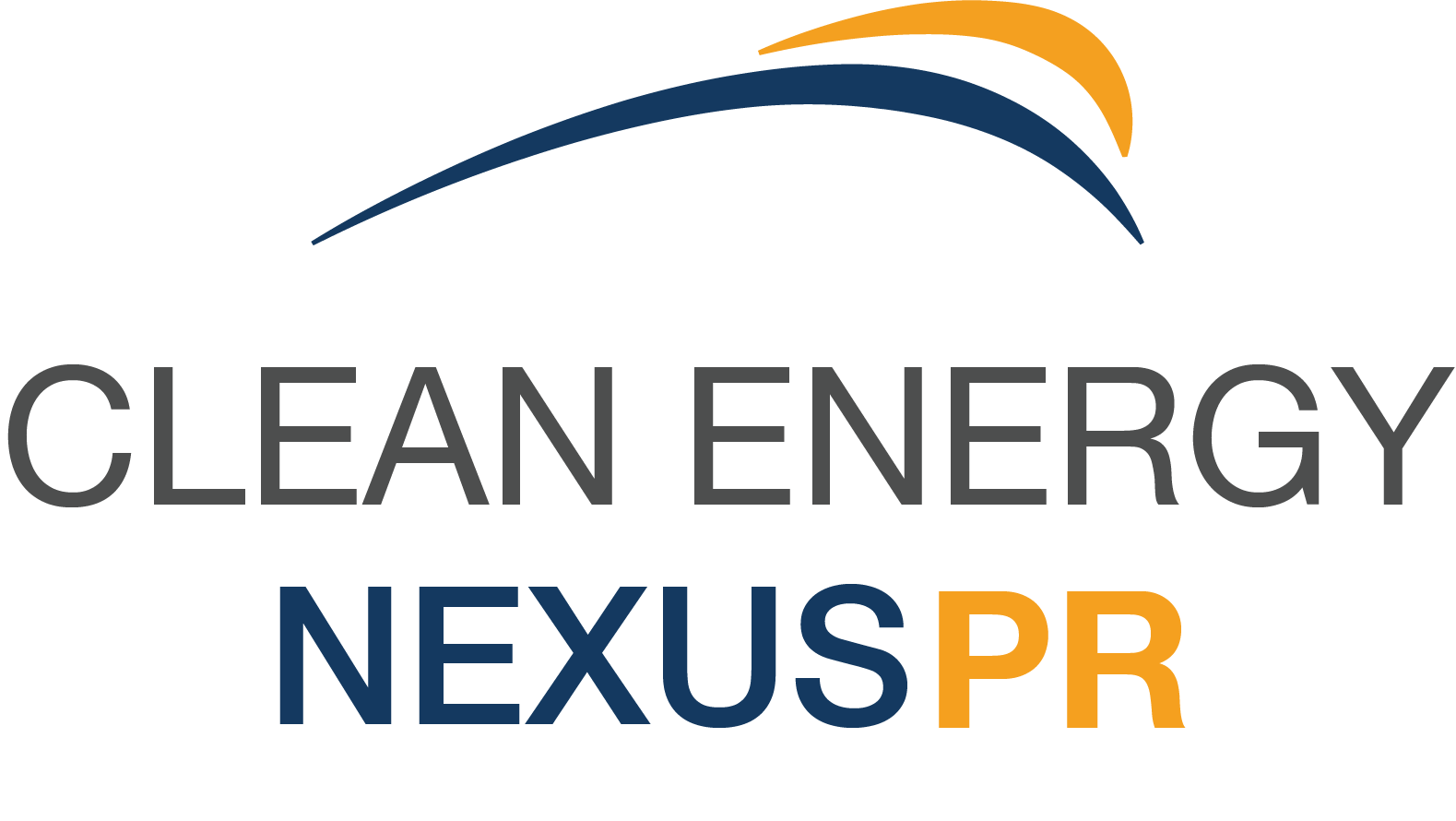It's hard to believe that there are only 6 weeks left in 2022! The last 6 weeks will go by quickly, with Thanksgiving week kicking off the holiday season and wrapping up with New Years celebrations.
As we round up 2022 and begin to reflect upon it, we're also looking at what may be ahead in 2023 and how the solar industry has been and will be affected.

Housing prices, mortgage rates, and electricity prices increased dramatically at the beginning of the year, making residential and commercial solar inquiries rise along with the rates. If you were able to get solar installed in 2022 you're among one of the lucky ones, because with the increase in demand of solar equipment, there was an insufficient supply due to the humanitarian crisis in the Xinjiang province of China and the subsequent Uyghur Forced Labor Prevention Act that banned imports from that part of the world. Prior to the act passing into law, many solar components were manufactured in China purportedly using forced labor, and the ban on these imports strongly contributed to the decrease in supply of solar equipment and parts.
The Inflation Reduction Act (IRA) was also passed in August, which brought about changes to policies around climate change and American energy resiliency. It included incentives for solar projects using American-manufactured products and further incentivized stateside manufacturing startups to help increase the supply of solar parts and equipment, particularly modules and racking. Electrical components also took a hit in 2022 with the implementation of the Uyghur act and the supply of solar equipment reliant upon electrical components was affected, including electrical boxes and inverters.
The IRA changed the way solar tax equity credits can be transferred between parties, and solar tax equity experts are changing the way they do business this year because of these changes. The changes to this aspect of the solar industry are positive and allow for an easier transfer between parties without as much time, effort, and money invested into legalities surrounding the sale of tax equity.
We blog a lot about solar tax equity (Solar Tax Equity 101, Solar Tax Equity 102, What Is Solar Tax Equity?) because it's a complex transaction that can result in an impressive tax investment if done the right way, though it isn't yet highly utilized because of the complexities. We hope to increase awareness of the benefits of utilizing solar tax equity as a year-end investment transaction with each blog post we publish.
A lot of the benefits in building solar projects still lie in governmental credits, or Investment Tax Credits (ITC). The IRA extended the ITC for ten more years and bumped it back up to 30% in 2022, though it had previously dropped to 26% and was set to decrease incrementally each year before disappearing altogether in 2026.
The IRA also created add-on credits on top of the 30% ITC for the previously mentioned use of American made and manufactured solar parts, using union labor to build, building solar projects over brownfields or land previously used for fossil fuel excavation, and more (detailed in our blog on the Inflation Reduction Act's Impact on Solar).
As we end the year and begin to look forward to 2023, the solar industry is booming and should continue into and past next year.
As US solar part manufacturing plants begin to come online and projects waiting for parts and equipment are completed, we'll start to see lower pricing for these components as the national supply increases. Higher wattage and smaller footprint modules will continue to hit the market and existing projects will be redesigned with better and newer equipment.
As materials come in to complete projects, we'll likely see a surge of projects on-line for the first time and EPC's (construction companies - see more beginner solar terms in a previous blog post) calendars will begin to fill up with builds again.
If we do see a recession in 2023, it's likely that it won't affect solar much. Investors will still be looking for investments, and solar investments are solid and beneficial not only to investors, but also power purchasers (oftentimes dramatically lowering electricity bills, especially helpful in a recession) and the companies that benefit from the engineering work, build, surveys, etc.. Though investors may potentially invest less in a recession, that may not be the case if this recession is as short as it's predicted to be and lawmakers are able to stave off the worst of it.
All in all, the solar industry is finishing up 2022 strong and remaining highly optimistic about the opportunities in solar in 2023.
Picture credited to DepositPhotos.com
